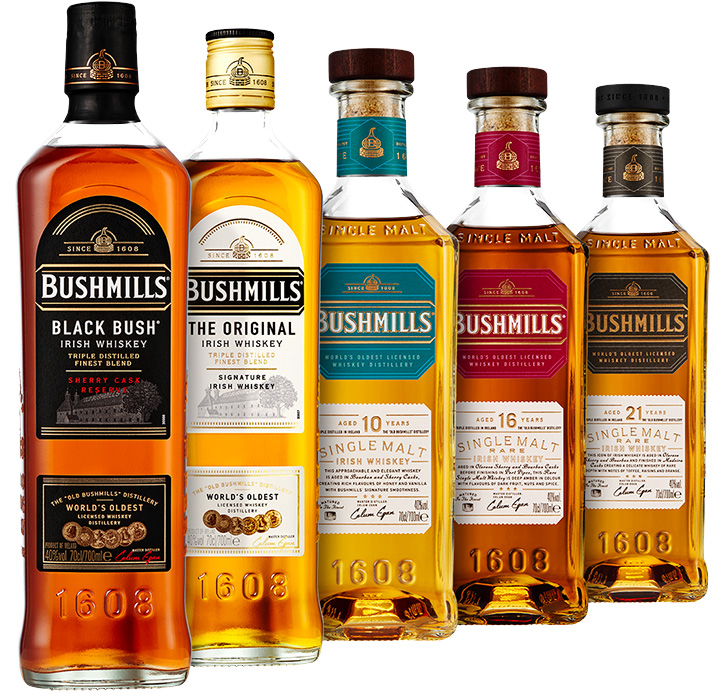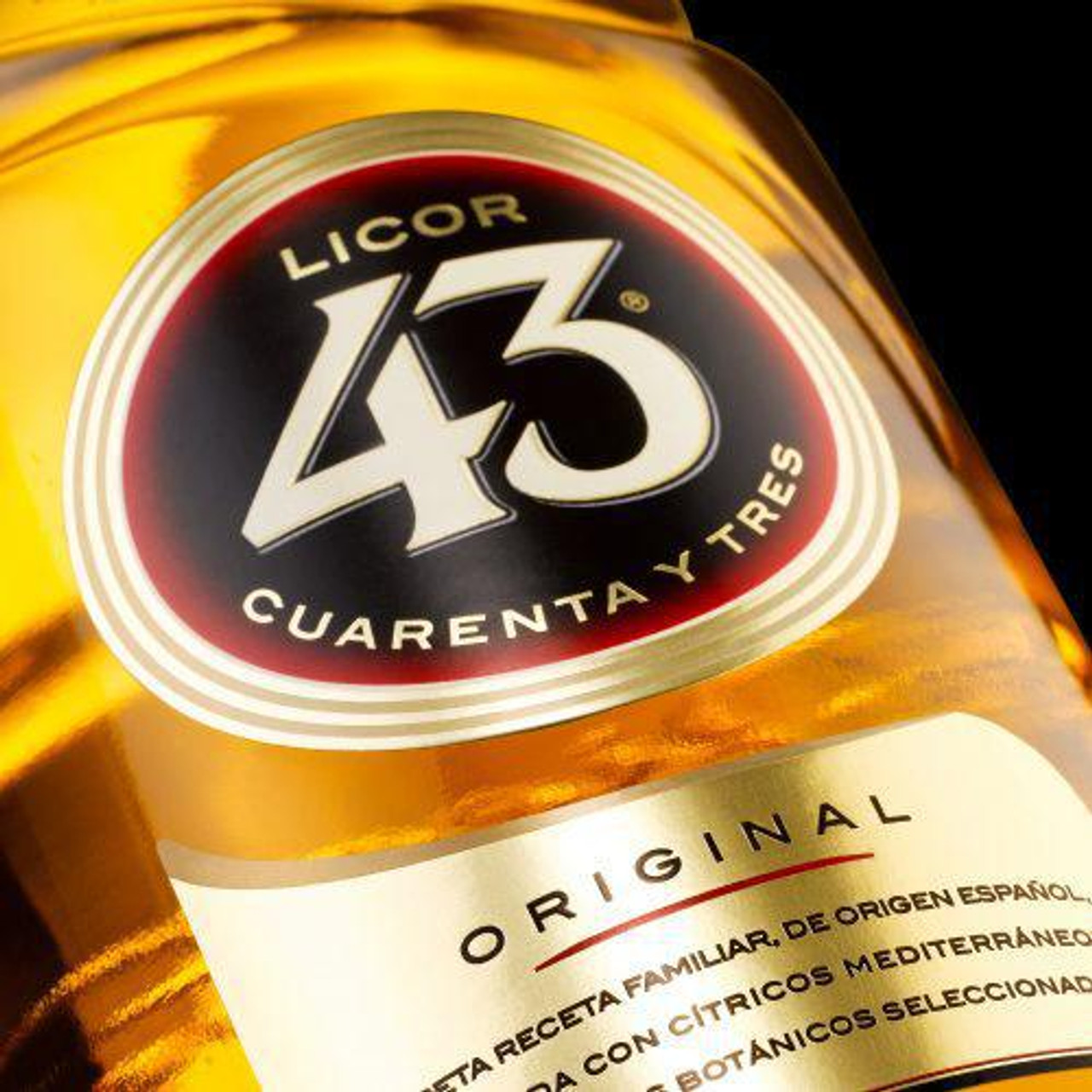Incoterms: who takes the risk?
Incoterms are important when trading goods. Whether you are a buyer or a seller, it is good to have clear trading conditions. Who bears the costs if something breaks or gets lost on the way? In other words, who is at risk and when does this risk turn over to the other party? Use Incoterms to arrange everything regarding costs and insurance!
What are Incoterms?
Incoterms are used when importing and exporting goods and are important because they are known and accepted worldwide. By agreeing on an Incoterm, you know who is responsible for arranging the transport, who is responsible for the costs and who bears the risk of damage to or loss of the goods during transport. Simply said, Incoterms are the trade terms that the buyer and seller of goods mutually agree on during international transactions.
What is the actual meaning of Incoterms? Incoterms is an abbreviation of the phrase “International Commercial Terms”. Incoterms are also known as international trade terms. The Incoterms are published by the International Chamber of Commerce (ICC) and relate to international trade law. These are always stated on the documents that are sent with the shipment. The exact place or time at which an obligation passes from the seller to the buyer is called a critical point (c.p.).
There are several Incoterms with different obligations for seller (exporter) and buyer (importer). We will walk through all of these.
Are Incoterms mandatory?
People often think that Incoterms govern the transfer of ownership of goods. This is not the case. The transfer of ownership is made by issuing the transport document or by contractual arrangements. Therefore, Incoterms are not mandatory. To receive legal effect, they must be explicitly incorporated by the parties into their contract.
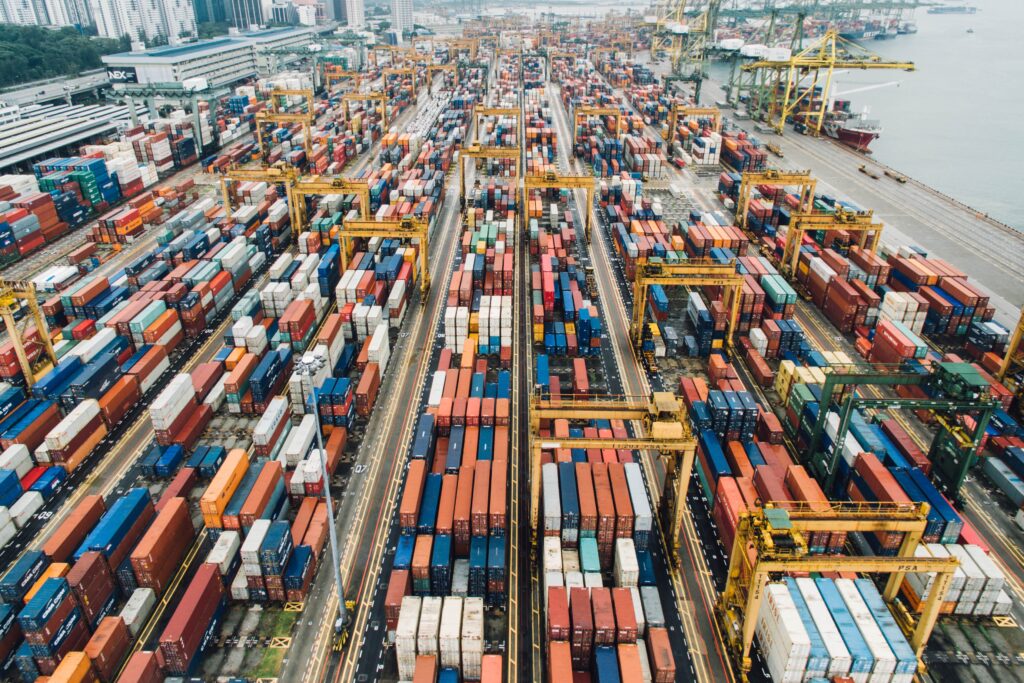
List of Incoterms
There are 11 Incoterms. The most common shipping terms are EXW, DAP and DDP.
It is important to understand that not all rules apply in all cases. Some Incoterms can be used with all means of transport (road, rail, air, and sea). In addition, you also have shipping terms that only apply to sea/inland waterways. Below we will distinguish and explain them.
Rules for any means of transport
EXW
EXW stands for Ex Works (… named place of delivery).
- The seller is solely responsible for getting the goods ready for pickup or to be released at his premises.
- The buyer holds full responsibility as soon as he has access to the goods (including loading) and bears the rest of the costs and risks related to the shipping process.
- The responsibility lies with the buyer when he has access to the goods, including loading.
Transfer of risk from seller to buyer:
At pick-up or release location.
FCA
FCA stands for Free Carrier (… named place of delivery).
- The seller must ensure that the goods are delivered to the buyer’s carrier at an agreed location and time. The costs are beared by the buyer.
- The seller is obliged to clear the goods for export.
Transfer of risk from seller to buyer:
Upon arrival at the buyer’s carrier.
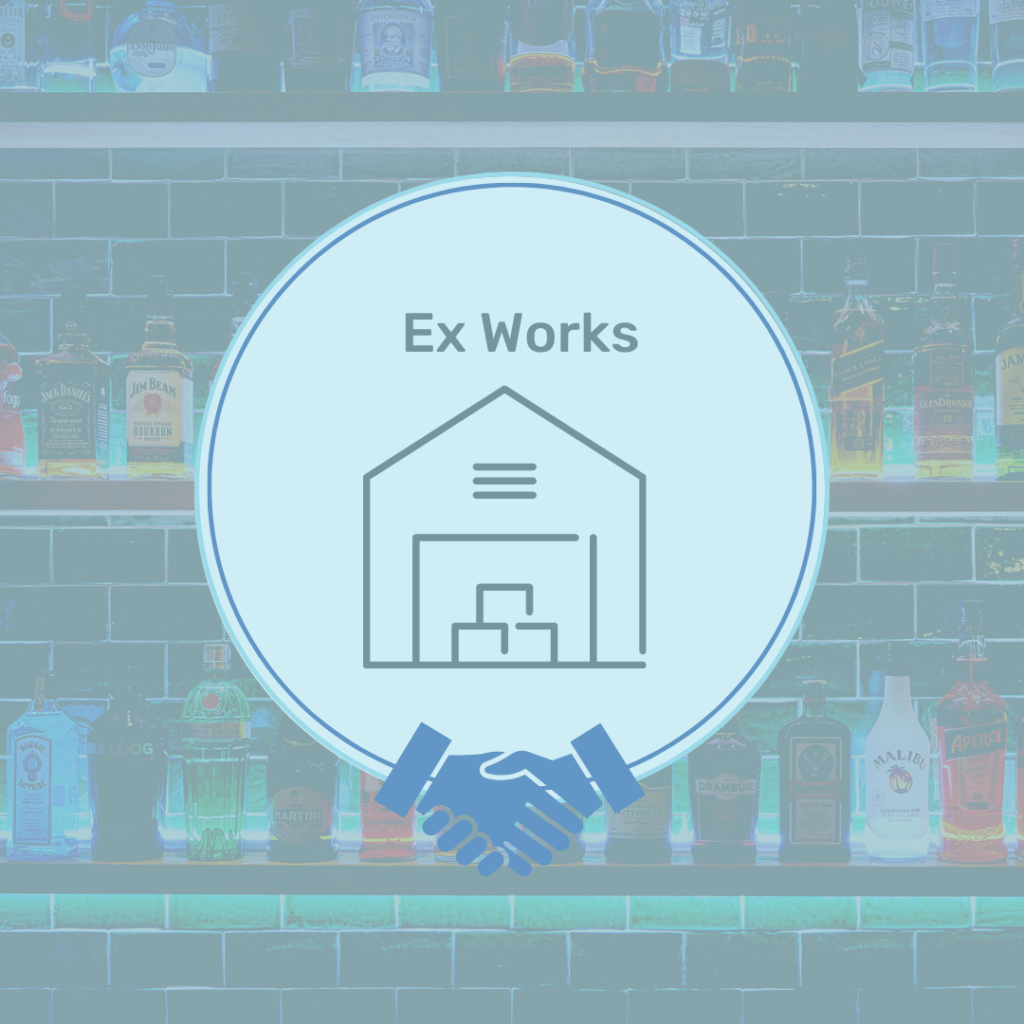

CPT
CPT stands for Carriage Paid To (… named place of destination)
- The same sales responsibilities as with FCA, with one difference: the seller also pays the delivery costs.
- As with FCA, the seller’s responsibility is to clear the goods for export.
Transfer of risk from seller to buyer:
When the buyer’s carrier receives the goods.
CIP
CIP stands for Carriage and Insurance paid to (… named place of destination).
- Same seller responsibilities as CPT with one difference: the seller also pays for the insurance of the goods.
- The seller is obliged to pay the minimum cover.
- If the buyer wants a more extensive coverage, they must arrange this themselves.
Transfer of risk from seller to buyer:
When the buyer’s carrier receives the goods.
DAP
DAP stands for Delivered at place (named address/ place of destination).
- The buyer is responsible for all costs and risks associated with unloading the goods and clearing customs to import the goods into the named country of destination.
- The goods are noted as delivered when they arrive at the address and are ready for unloading.
- The seller clears the goods for export and bears all risks and costs associated with delivering the goods to the named foreign destination not unloaded.
Transfer of risk from seller to buyer:
When the goods are ready to be unloaded at the agreed address.
DPU
DPU stands for Delivered at place unloaded (…named place of destination). DPU is very similar to DAP except that the seller must pay for unlading the goods.
- The seller bears the costs and risks of transportation until the products are unloaded at the agreed final destination.
- It is the seller’s responsibility to clear the goods for export.
Transfer of risk from seller to buyer:
Upon arrival at the final destination.

DDP
DDP stands for Delivered Duties Paid (… named place of destination). DDP is a risky term for the seller, because they may not be fully aware of the import clearance procedures in the country of import or how to find a competent local customs broker.
- The seller bears the costs and risks of transportation to the final destination, including the payment of Customs duties and taxes.
- It is the seller’s responsibility to clear the goods for export.
Transfer of risk from seller to buyer:
Upon arrival at the final destination.
Rules for sea and inland waterway transport
FAS
FAS stands for Free Alongside Ship (… named port of shipment).
- The seller bears the costs and risks until the goods are delivered to the quay along a ship arranged by the buyer.
- It is the buyer’s responsibility to transport and clear the goods for export.
Transfer of risk from seller to buyer:
Upon arrival at quay/ port.
FOB
FOB stands for Free on Board (… named port of shipment).
- The seller bears the costs and risks until the goods are delivered on board of the ship.
- It is the seller’s responsibility to arrange the export license for the goods.
Transfer of risk from seller to buyer:
Upon loading on board.
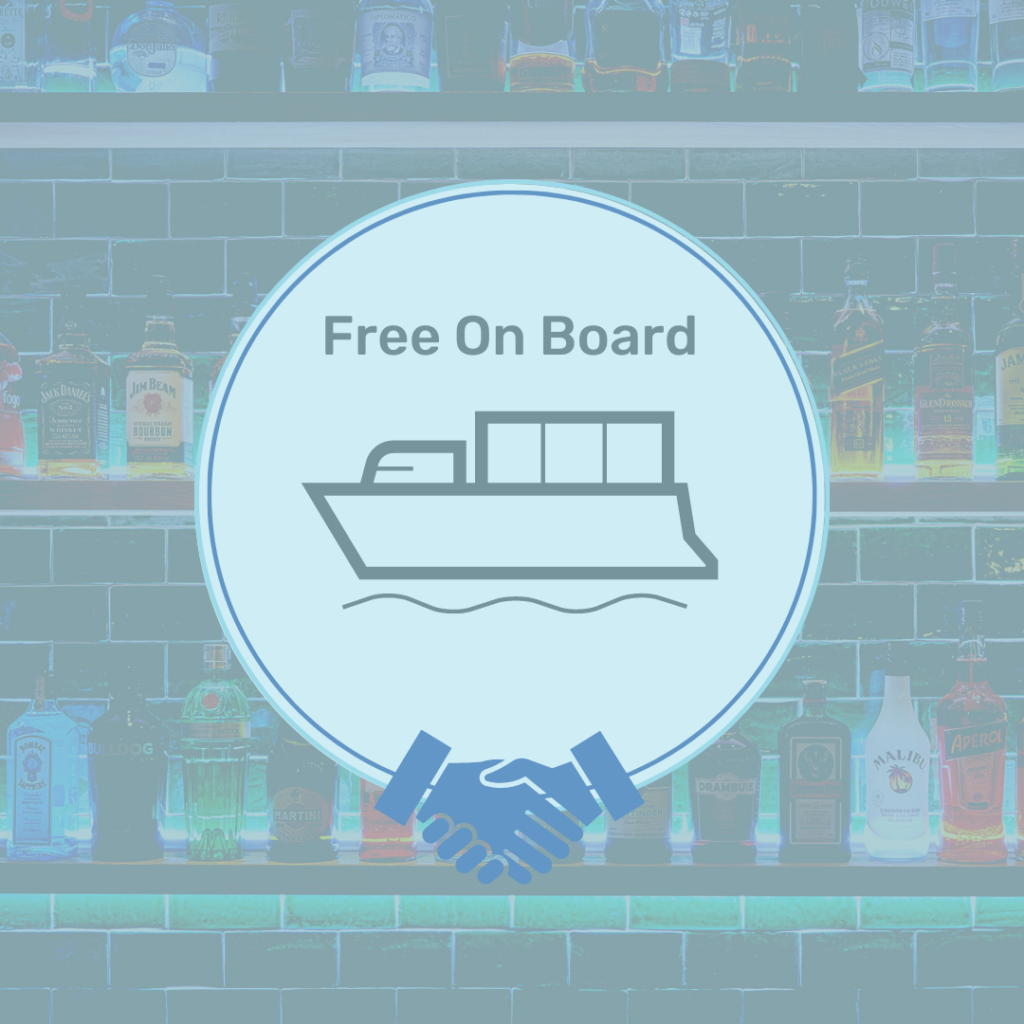
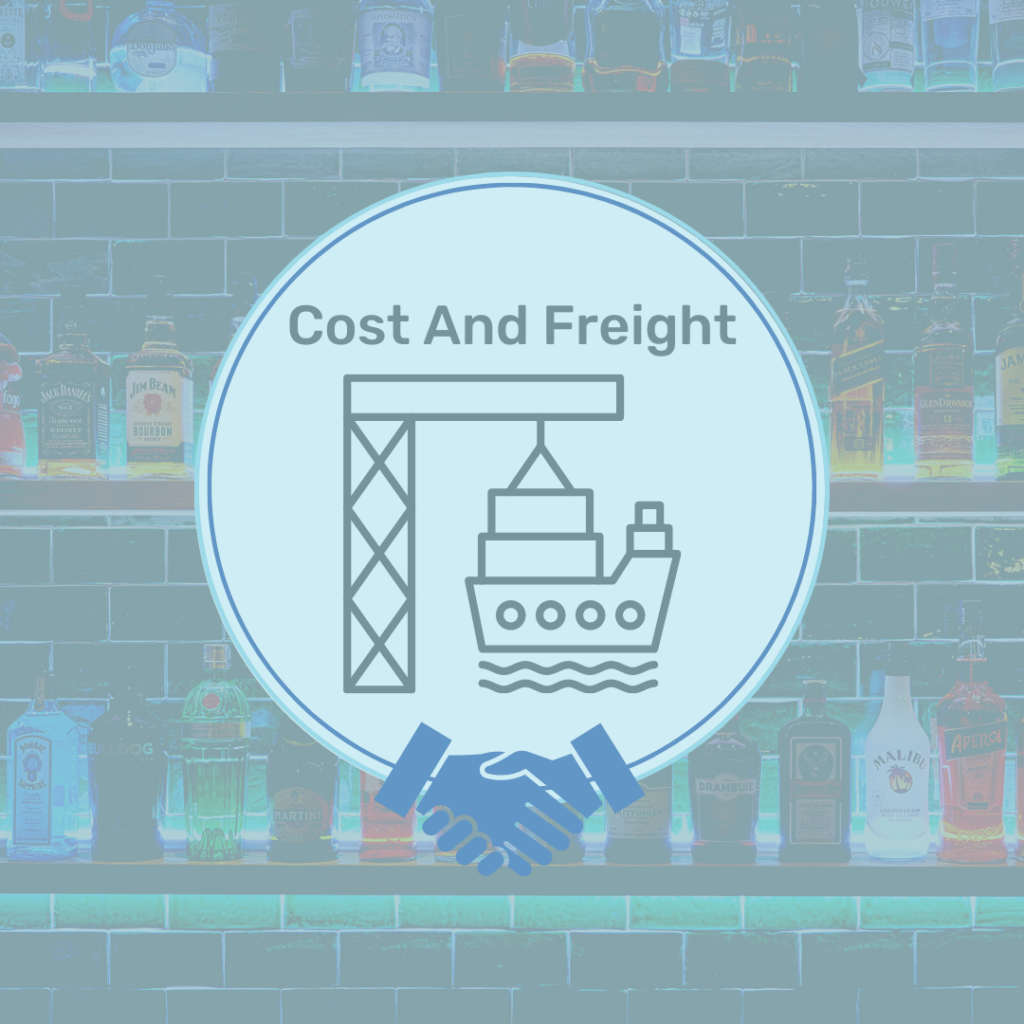
CFR
CFR stands for Cost and Freight (… named port of destination)
- The seller bears the costs and risks until the goods arrive at the port of destination.
- It is the seller’s responsibility to clear the goods for export.
Transfer of risk from seller to buyer:
Upon arrival at the ship’s rail.
CIF
CIF stands for Cost, Insurance and Freight (… named port of destination)
- CIF is equal to CFR, with the difference that it includes an insurance obligation, which is at least equivalent to the conditions of the ICC. The seller bears the costs and risks until the goods arrive at the port of destination.
- It is the seller’s responsibility to clear the goods for export.
Transfer of risk from seller to buyer:
Upon arrival at the ship’s rail.
Incoterms 2010 VS Incoterms 2020
Every decade, the International Chamber of Commerce (ICC) adapts or changes the Incoterms. These are recognized worldwide. Incoterms prevent confusion in foreign trade contracts by clarifying the obligations of buyers and sellers.
Some Incoterms apply to any Means of transport, while others apply strictly to transport on water.
A new list of Incoterms was established in 2020. If we look at the Incoterms 2010 VS incoterms 2020, not much has changed. We listed the five main changes for you:
- DAT is now DPU. The term Deliver at Terminal (DAT) is now Delivered at Place Unloaded (DPU). As a result, there is more flexibility and efficiency for a chosen unloading destination.
- FCA closes a gap. Now Free Carrier (FCA) makes it easier for sellers to obtain payment from a buyer’s bank. Sellers are often required to present a bill of lading to banks with an on-board note indicating the delivery of goods. The new term states that buyers can instruct carriers to issue bills of lading with onboard listings.
- CIP increases insurance. The Carriage and Insurance Paid To (CIP) term now requires insurance coverage provided by Clauses (A) of the Institute Cargo Clauses.
- The conditions now state that a seller can arrange transport if necessary. As a result, there is no need to hire external carriers, but the sellers can use their own methods to deliver goods.
- Security increases for all. Import and export security requirements have increased exponentially since Incoterms® 2010. The 2020 edition comprises specific, new security responsibilities related to goods, cash, and documents under individual trade terms.
We hope you are now fully prepared to export! Would you like more information about international trade, for example about EUR.1 documents or the difference between T1 and T2? Read our blogs!

